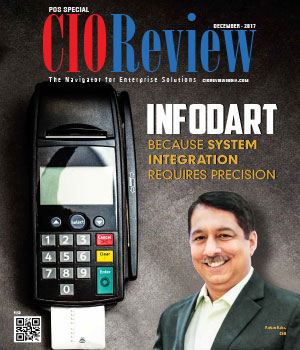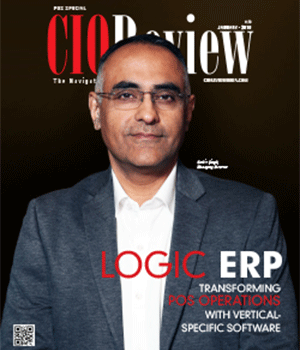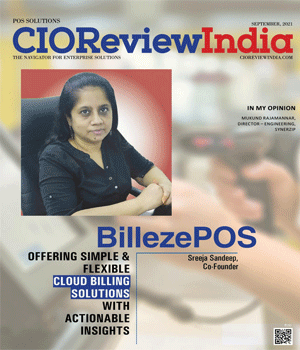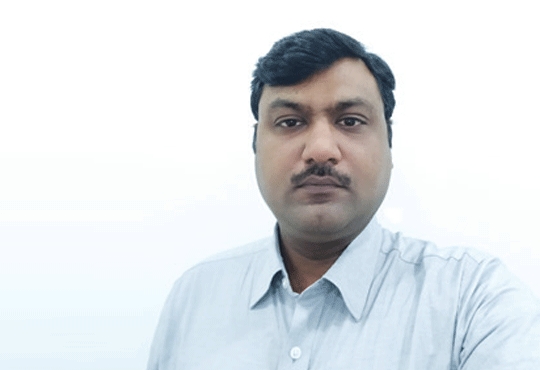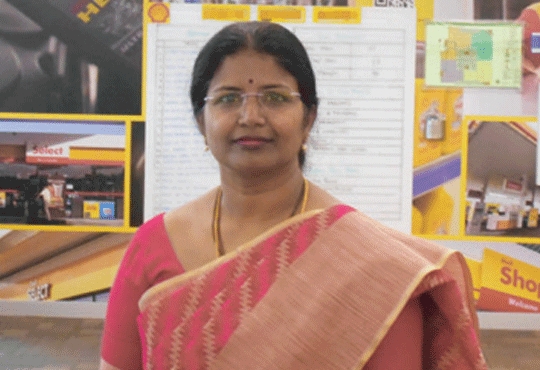
Traditional SCM to Cloud ERP-from Oracle's Perspective
Hirak Kayal, VP-Cloud Applications, Oracle Corporation
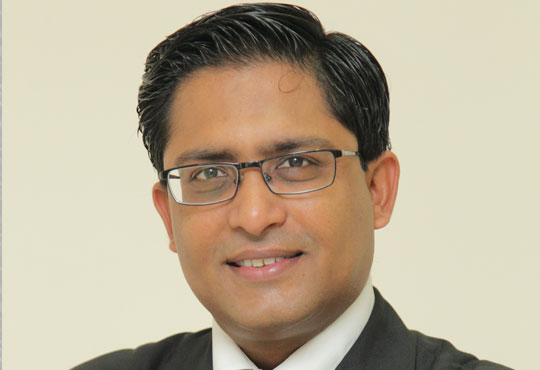 If we go back to 1990s, and put on an Asian perspective, we will see that we had things like Materials Requirements Planning with infinite capacity. In 2000s, we saw Content Based Optimization coming into play and that gave light to a lot of complications in terms of how you really optimize. Now if we move on to 2010, the entire supply chain model had become extremely complex. Today if you look at the same, there is MRP, ERP, plus there is an additional layer due to the cross boundary contract- manufacturing operations. When orchestration comes into play and solutions are required, there is a tremendous requirement of collaboration. Demand management, product lifecycle management, etc. are also some of the requirements these days. So if you look at all these, each one of them is interacting with each other, which has created a huge amount of complexity. We are looking at it with a different perspective. With such level of complexities, why can’t there be a simple stack with 4 pillars, to address all the requirements. And from oracle point of view, we categorise it as
If we go back to 1990s, and put on an Asian perspective, we will see that we had things like Materials Requirements Planning with infinite capacity. In 2000s, we saw Content Based Optimization coming into play and that gave light to a lot of complications in terms of how you really optimize. Now if we move on to 2010, the entire supply chain model had become extremely complex. Today if you look at the same, there is MRP, ERP, plus there is an additional layer due to the cross boundary contract- manufacturing operations. When orchestration comes into play and solutions are required, there is a tremendous requirement of collaboration. Demand management, product lifecycle management, etc. are also some of the requirements these days. So if you look at all these, each one of them is interacting with each other, which has created a huge amount of complexity. We are looking at it with a different perspective. With such level of complexities, why can’t there be a simple stack with 4 pillars, to address all the requirements. And from oracle point of view, we categorise it as
1) Ideate to commercialize- This is where you need to put in your imagination to innovate new products through
new projects.
2) Source to settle- we need to understand the supplier ecosystem; qualify the supplier; know their capabilities; source products from the right suppliers and then get into procurement and payables.
3) Order to cash- Stems from not only order management & order capture/order fulfilment.
4) Plan to produce- This includes managing your forecasts, sales orders, getting into the manufacturing plans.
We actually assemble all these 4 pillars into one single pillar and present it to our one stack of solutions. There was a survey done by PwC on their 18th annual survey, 2005, across 1300 global CEO in 77 countries. Mobile for customer engagement, socially enabled business, data mining and IoT came as the top 4 priorities. These are an overall encompassing kind of priorities which actually cut-across the supply chain as well.
If you look at just ERP per se, oracle has the largest number of customers in the world. And the strategy mentioned above pretty much addresses almost all the issues the customers are looking at. Now, Cloud gives us a tremendous advantage in terms of provoking modern technologies in modern platforms. Our cloud solutions are built from scratch. It is built completely ground up and developed using the modern stack industry open standards. And because of that we have all the advantage of bringing in all the modern requirements like- social, mobile capabilities, big data capabilities and IoT capabilities in our cloud solutions.
Benefits of transition to Cloud
As an aid, the enterprises need to address the business complexities and also embrace the modern technologies, as I mentioned the priorities like social, mobile, data mining and IoT. So, how will you do it faster to ensure faster time-to-market? Cloud, rather Oracle SaaS, has an advantage because of couple of reasons which I have mentioned above. As a result we can accommodate all these capabilities in our application thereby addressing the customer’s requirements. Secondly, there is a big requirement of high availability. And thirdly, the reduced costs. Sometimes when a customer is moving to cloud and wants to know which one to opt for, what they really do is compare according to the license costs. But what they don’t understand is that when you get into cloud, you not only get the application but the complete underlying stack- technology, database and OS stack along with services associated with it like the upgrades. When dealing with us, customers don’t need to worry about the upgrades because oracle does it automatically with minimal costs. We make an agile development approach where we come up with multiple releases a year, to offer enhancements that the customer has been looking for and as a result innovation is delivered to the customer much faster. In terms of modern tech we are embedding social in the application. You don’t need to link your app for collaboration. The user existence is quite consistent. A lot of concepts are already there embedded in the applications like predictive analytics being one such.
In Supply chain, manufacturing is one area that is rapidly changing. We are working on voice command in manufacturing which improves the supply chain network and eventually the ease of business for productivity.
CIO Viewpoint
Why Foolproof Facial Recognition Is Key Against...
By Joseph Sudheer Thumma, Global CEO & MD, Magellanic Cloud
National Technology Day 2025: Powering Progress...
By CIOTech Outlook Team
Aligning IT Roadmap with Business Objectives: A...
By Subhash singh Punjabi, CISO & Head Enterprise Architecture, Deepak Fertilisers & Petrochemicals Corporation Ltd
CXO Insights
Why Merchants are Making Payment Data Security...
By Sunil Khosla, President- Digital Business, India Transact Services Limited
DIGITAL TRANSFORMATION - What Successful...
By Vineet Aggarwal, Head IT, SRL Ltd.
Evolution Of Point Of Sale Systems


